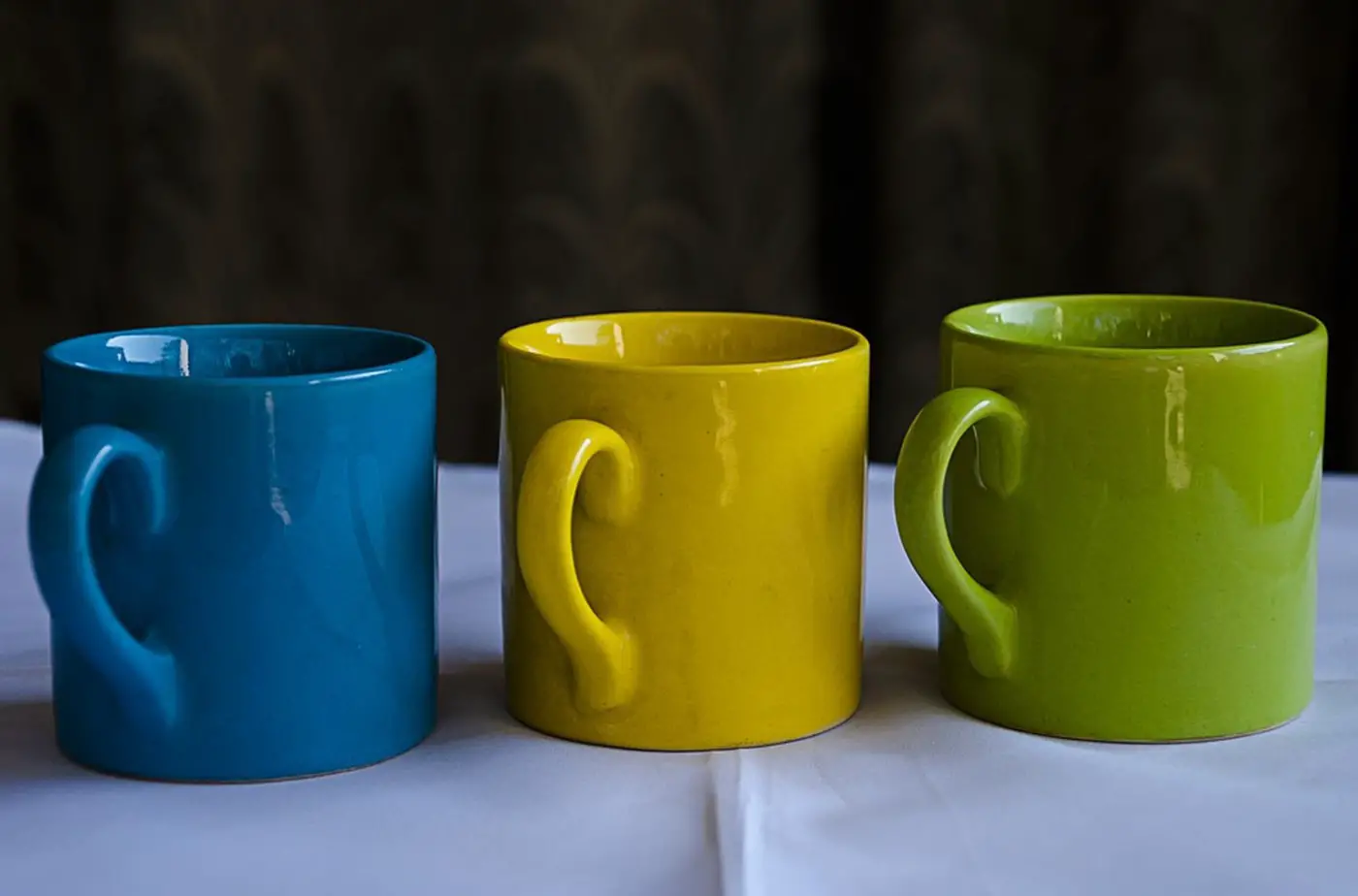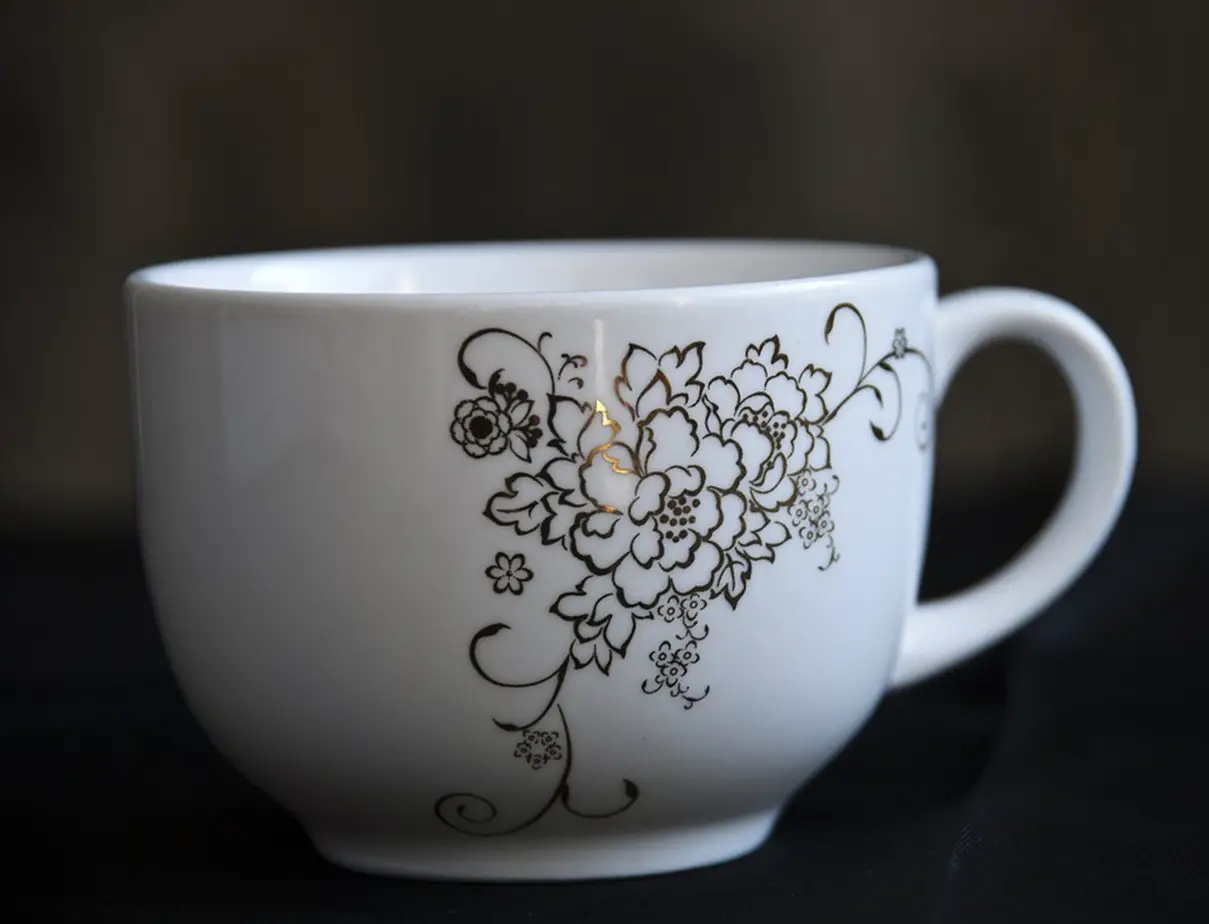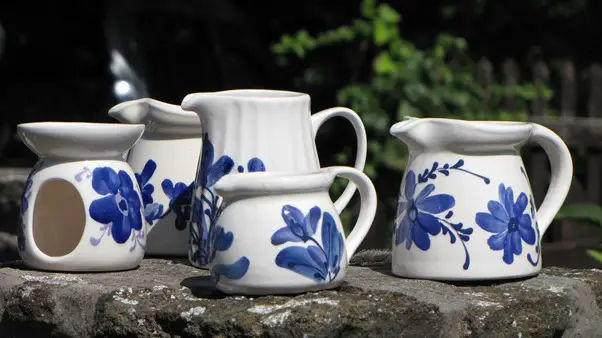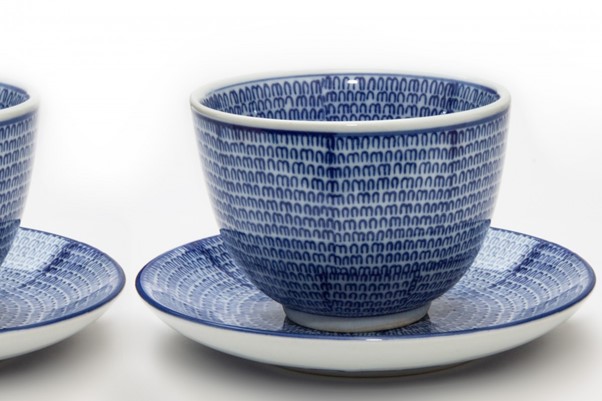All of us are quite aware of what a bone china pottery set is. Whether it is a wedding gift or some fine dining place, most of us come across the so-called bone china crockery set. But do you know what bone china actually is and how it is made?
Well, you can have a basic idea from the name. However, in this article, we are going to give you a detailed view of what is bone china and what is the specialty of this particular genre of pottery. Let’s have a look:
What is Bone China?
Bone china is a particular kind of porcelain that originated in East London. As the name suggests, the pottery has to do something with bones. Bone china is thus composed of kaolin, bone ash, and feldspathic material. The unique construction of bone china features a minimum of 30% of phosphate from bone ash and calcium phosphate.

Do you know why it is so famous among pottery lovers? The translucent white body of a bone china pottery is one of the most identifiable traits. Also, its popularity lies in its strong pottery attribute. The bone china ceramic is the strongest of all the porcelain and with well-enough physical strength and chip resistance body.
Thomas Frye of East London introduced the bone china pottery first in 1748 in his Bow Porcelain factory. With the easy access to animal bones, Thomas found the bone ash quite a useful addition in pottery to give the construction more strength. Frye introduced the 45% use of bone ash to the kaolin and other formulations and gave it the name of “fine porcelain.”
The idea was carried by Josiah Spode during 1789 and 1793 when he introduced “Stroke China” in 1796. Later, his son Josiah II introduced the “Bone China” ware. The formulation of Spode includes 6-parts of bone ash, 3.5-parts of China clay, 4-parts of China stone, which contributes to the strength in mechanism and physical structure of the ceramic.
How is it produced?
The production of bone china has its resemblance with the formation of porcelain. The formation of bone china requires lower the plasticity of clay with a narrow vitrification range.
The use of cattle bones is quite widespread in bone china pottery. Cattle bones with lower iron content are collected to prepare the bone ash. The ones are crushed finely, and then it is de-gelatinized and calcined to produce the fine bone ash particles at the 1250-degree Celsius temperature.

Kaolin is used in the components to make the unfired body plastic, to acquire the desired shape while pottery building. The mixture goes through 1200-degree Celsius to prepare the fine bone china ceramic sets. The bone china process goes through two phases of crystalline. The first phase is anorthite and the second one is β-tricalcium phosphate/ whitlockite.
Here is the step-by-step assessment of the process.
1. Mixing:
The mixing is done at the beginning to create the clay for building up the shape of the bone china pottery. Here is the recipe that is used.
Ingredients |
Percentage in the mixture |
| Bone ash | 50% |
| Cornish stone or feldspar | 25% |
| Kaolin | 25% |
2. Forming:
The formation of bone china depends on the shape that the potter wants to create. The plaster models are used to prepare the irregular shape, while the regular round shapes are formed on jiggers. After the formation of the body or “green wares,” the pottery pieces are dried and sponged with water to remove all the scratches from their surfaces.
3. Firing:
The first firing of bone china is called “biscuit.” The firing is done at the 1200-1300-degree Celsius temperature with an oxidizing atmosphere. About 20% of shrinkage happened in the first firing process.
4. Glazing:
After firing, the bone china pieces are glazed with frit and kaolin mixture. The glaze is applied through the spray method. Besides, you can purchase a readymade glaze such as AMACO 39182X Potters Choice Glazes, which will provide you with bright, colorful results.
5. Glaze firing:
Rather than directly exposing to the kiln, the glaze coated biscuits are fired in saggers with a 1000-1200 degree Celsius of temperature in the oxidizing atmosphere.
6. Decorating:
The last and final stage of bone china formation is the standard style of decoration. Spray paint, gold finding, decal transferring, and hand painting, all of these are done for decorating. After applying the decorations, the pigments are fired at the 700-800 degree Celsius of temperature to fuse it on the glaze coating.
What are the differences between fine china and bone china?
Though the idea for the preparation of bone china was derived from the fine China formation, there is a big difference in these two types of ceramics that you can easily spot. Most people often tend to confuse between bone china and fine china. Here is how you can identify the difference easily.

- Weight is the most common yet effective factor to consider when you go to spot the difference. When you go to compare bone china and fine china, the first thing that is going to make you aware of is the weight. Fine China is a bit heavier than bone china.
- The sound is also a good factor to consider when you want to differentiate between the two types of ceramics. The bone china is going to sound differently from fine China. Collide the two fine China pieces slightly, and the sound which is going to come out is a bit thick with no echo at all. On the other hand, when you go for colliding two bone china pieces, the sound is going to be similar to that of a bell ring, which is lighter. Also, you’ll be able to hear an echo.
- The shape and appearance of these two types of ceramics are quite identical if you go for a close inspection. Due to the difference in the raw materials, bone china is relatively thinner and smoother in appearance. Fine China, on the other hand, is a bit thick in appearance and construction.
- The color of bone china is way much softer and creamier as compared to fine china. The fine China pottery pieces are relatively brighter in appearance.
Conclusion:
The formation of bone china involves a very labor-intensive process, along with the fine materials, which makes it one of the aesthetic pieces of pottery. The decoration, at the same time, is gorgeous and adds a lovely charm to your dining. We hope that now you are having a clear idea about bone china. So, are you akin to trying it on your own? Don’t miss a chance to create your own bone china ceramic ware.
Happy sculpting!







